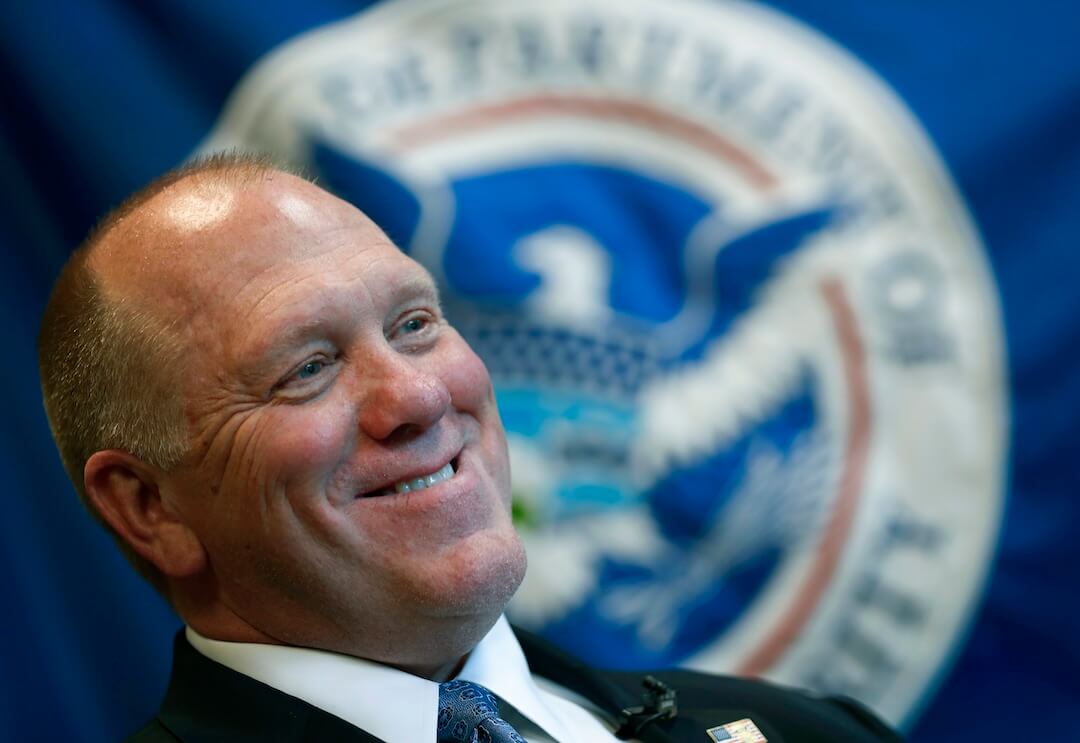The White House Correspondents’ Association unveiled a set of “principles and practices” Saturday in search of “meaningful and consistent access to the President and his or her aides whenever and wherever they conduct the public’s business.”
The principles and a set of proposed practices reflect a growing frustration with the administration of President Barack Obama and a sense by those who cover the White House daily that they are increasingly kept in the dark.
That frustration is part and parcel of clear trends of successive administrations. Inevitably they believe they can manage their “message” and images of a president more effectively by avoiding traditional media, keeping even the frequently pedestrian under wraps and circumventing the mainstream press through their own use of social media or many new outlets.
The association began soliciting views of members in April on a wide range of topics related to coverage.
However, when it comes to one of many subjects — namely interviews with the president — it is not as if the commander in chief has ducked interrogations.
According to Mark Knoller of CBS News, a White House correspondent who maintains meticulous records, Obama has given nearly 870 interviews since taking office, 465 of which were TV sessions, including network, cable and local outlets. The remainder are print, radio and online, he told Poynter, including interviews with new Internet outlets and even a sit-down with comic Zach Galifianakis for the comedy series “Between Two Ferns.”
The association’s board unveiled the results of lengthy internal debate over a broad array of topics and said, “We urge you, the members of the White House press corps, to read them again and to commit yourself to making them a reality.
“We can’t think of a better way to mark the Fourth of July.”
Whether or not there were better ways to celebrate, the association’s primary goals include:
- The press must be able to see, hear, witness and question the President and his or her aides on a routine basis, in addition to the daily White House briefing.
- The press must have the ability to question the President in person on a regular basis, including through a full news conference at least once a month and in response to significant news developments.
- The White House press pool always accompanies the President when he or she travels outside the White House grounds.
- The President’s events are by default open to the full press corps and, in the instance of legitimate space constraints, are at minimum open to the full press pool.
The actual practices it urges reflect chagrin with daily operations at the White House, including the frequent use of “background” briefings in which officials can’t be identified. Among the new urgings are:
- The President takes questions from the press on a regular basis, no less than once per week, and is available in response to significant news developments.
- The President holds full press conferences at least once a month and takes questions frequently from the pool.
- The President allows the pool to witness and record him or her at work on a regular basis.
- Briefings are on the record, as a general practice. Background briefings, in which speakers are not identified, are reserved for subjects of special sensitivity.
- Embargoes are used to give reporters time to digest complicated or dense material in advance of its public release. Their use should be limited, and never used routinely to generate early-morning coverage of a White House event where no outside input is permitted.
- The pool moves as a full group with members representing each sector of the media. When in rare circumstances the White House makes the President available to a partial pool (in a stills-only or photojournalists-only event, for example) the rest of the pool gets access to see, hear and question the President in close succession.
- Camp David and/or personal Presidential retreats: The White House discloses where the President is at all times and what he or she is doing, including the appointments he or she is keeping, calls he or she is making and other public business.
- Campaign events: Any campaign event at which the President appears, while seeking reelection or on behalf of another candidate or committee, is open press and the full pool is always there. A transcript of the President’s comments are made available to the press in a timely manner.
The proposed practices also zero in on growing frustration with the actual images of Obama.
The press corps believes that its photographers and cameras are excluded from too many events and other revealing moments, leaving the public beholden to photos and videos taken and distributed by the White House itself and meant to cast the boss in the best light.
The actual proposed new practices thus include this:
- As a general principle, the White House should not use its own videographers and photographers as a replacement for independent press coverage. When White House photographers and videographers are present, the press pool should be included whenever possible. The press pool should be given the same vantage and access to pooled and open events as the White House photographers and videographers.






